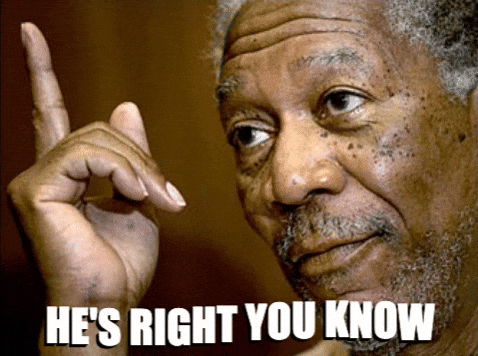Antknot wrote: ↑Fri Apr 10, 2020 6:48 pm
Tuesday wrote: ↑Fri Apr 10, 2020 6:32 pm


On April 15, 2009, the first infection was identified in California, according to the CDC, and less than two weeks later, on April 26, 2009, the Obama administration declared a public health emergency. The day before, on April 25, the World Health Organization had declared a public health emergency.
Dr. Richard Besser, then-acting director of the CDC, confirmed to the press on the day of the U.S. declaration that there were
20 cases of H1N1 in the U.S., and that “all of the individuals in this country who have been identified as cases have recovered.”
The same day — April 26 — the CDC began releasing antiviral drugs to treat the H1N1 flu, and two days later, the FDA approved a new CDC test for the disease, according to a CDC timeline on the pandemic.
On April 30, 2009, two days after the public health emergency declaration, Obama formally asked Congress for $1.5 billion to fight the outbreak, and later asked for nearly $9 billion, according a September 2009 Congressional Research Service report. On June 26, 2009, Obama signed Congress’ supplemental appropriation bill that included $7.7 billion for the outbreak.
The U.S. public health emergency was renewed twice — on July 24, 2009, and Oct. 1, 2009.
The WHO declared H1N1 a pandemic on June 11, 2009. Obama declared a national emergency related to the pandemic on Oct. 24, 2009. At the time, the CDC director, Dr. Thomas Frieden, had said millions of people had been infected in the U.S. and more than 1,000 had died. Also about 11.3 million doses of H1N1 vaccine had been distributed, he said.
A month later, on Nov. 12, 2009, the CDC published a report that estimated there had been between 14 million and 34 million H1N1 cases between April 17 and Oct. 17, 2009, and 2,500 to 6,000 H1N1-related deaths.
A New York Times article from January 2010 said that while some mistakes were made, a variety of experts thought the administration had generally handled things well.
William Schaffner of Vanderbilt University School of Medicine told the Times that officials deserved “at least a B-plus,” while Mount Sinai virologist Peter Palese called the overall response “excellent.”I blame Biker.










